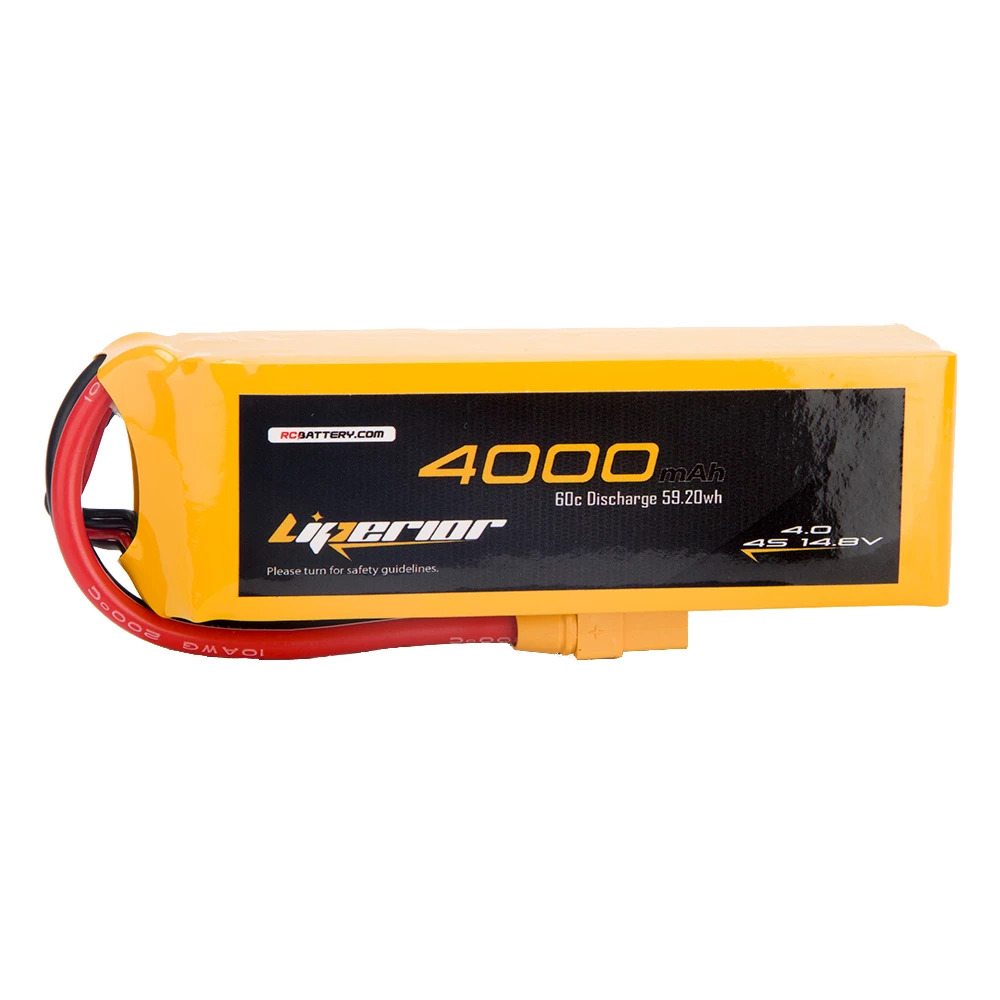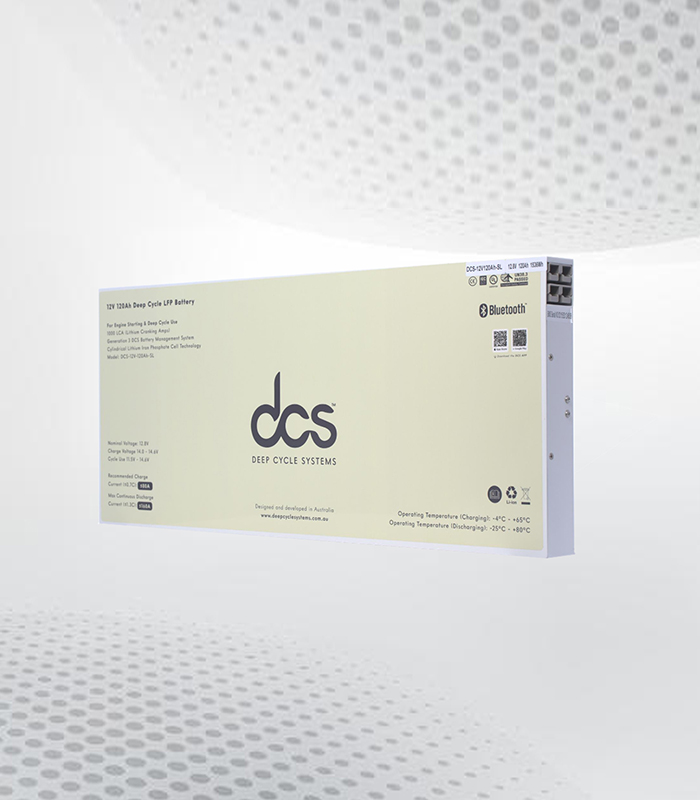LiPo batteries have revolutionized how we power everything from our gadgets to our hobbyist drones. Their unique characteristics make them indispensable in today’s technology-driven world. But with so many options, how do you choose the best one? Let’s dive into the world of LiPo batteries and explore the top picks for precision and durability.
Introduction
In a world where everything from drones to electric vehicles relies on efficient and reliable power sources, LiPo batteries stand out. Their combination of high energy density, light weight, and durability makes them a favorite. But what makes a LiPo battery precise and durable? Let’s find out.
Overview of LiPo Batteries
Definition and Basics of LiPo Batteries
LiPo batteries, or Lithium Polymer batteries, are a type of rechargeable battery known for their high energy density and lightweight nature. Unlike traditional batteries, LiPo batteries use a polymer electrolyte instead of a liquid one, which can be molded into various shapes and sizes, making them highly versatile.
Importance in Modern Electronics and Hobbies
LiPo batteries are critical in powering a wide range of modern devices. From smartphones and laptops to RC models and drones, these batteries provide the necessary energy with unmatched efficiency. Their ability to deliver high discharge rates is particularly beneficial for applications requiring bursts of power.
Why Precision and Durability Matter
In applications like RC models or drones, where accuracy and longevity are crucial, having a battery that can deliver consistent power without failing is essential. Precision in voltage output ensures smooth operation, while durability translates to a longer lifespan and less frequent replacements, saving both time and money.
Understanding LiPo Batteries
Composition and Structure
LiPo batteries are made of several layers of lithium polymer cells. These layers are laminated together with a conductive electrode, forming a flexible yet sturdy structure that can be customized in shape and size.
Materials Used in LiPo Batteries
The primary materials include lithium polymer, graphite, and electrolytes. These materials contribute to the battery’s high energy density and flexibility.
Internal Configuration
Internally, LiPo batteries have multiple cells connected in series or parallel configurations, which determines the battery’s overall voltage and capacity.
How LiPo Batteries Work
Charge and Discharge Cycles
During charging, lithium ions move from the positive electrode to the negative electrode. Discharging reverses this flow. This cycle is repeated multiple times throughout the battery’s life.
Voltage and Capacity Explained
Voltage indicates the energy potential, while capacity, measured in milliampere-hours (mAh), indicates how much charge the battery can hold. A higher mAh rating means a longer operating time for your devices.
Advantages Over Other Battery Types
Performance Comparison with NiMH and Li-Ion
Compared to Nickel-Metal Hydride (NiMH) and Lithium-Ion (Li-Ion) batteries, LiPo batteries offer superior energy density and discharge rates. This makes them ideal for high-performance applications like drones and RC models.
Weight and Power Density Benefits
LiPo batteries are lighter and provide more power per unit of weight than their counterparts, making them perfect for applications where weight is a critical factor.
Key Features of Precision and Durable LiPo Batteries
High Precision Attributes
Voltage Stability
One of the key features of LiPo batteries is their ability to maintain a stable voltage throughout their discharge cycle, which ensures consistent performance.
Consistent Power Output
LiPo batteries can deliver a steady stream of power without significant drops in output, which is essential for devices that require reliable performance.
Durability Factors
Cycle Life Expectancy
LiPo batteries have a long cycle life, meaning they can be charged and discharged many times before their capacity degrades significantly.
Resistance to Physical and Electrical Stress
These batteries are designed to withstand physical impacts and electrical stresses, making them suitable for rugged applications.
Safety Features
Built-in Protection Mechanisms
LiPo batteries come with built-in features like overcharge protection and short-circuit prevention, which enhance their safety and reliability.
Compliance with Safety Standards
High-quality LiPo batteries comply with international safety standards, ensuring they are safe to use and handle.
Criteria for Selecting Top LiPo Batteries
Capacity and Voltage
Importance of mAh Ratings
The mAh rating indicates how much energy the battery can store. Higher ratings mean longer operation times for your devices.
Voltage Ratings for Various Applications
Different applications require different voltage levels. It’s crucial to choose a battery with the correct voltage to match your device’s requirements.
Discharge Rate (C-Rating)
Understanding Continuous and Burst Discharge
The C-rating measures how quickly a battery can discharge. Continuous discharge refers to the normal rate, while burst discharge is the maximum rate the battery can handle for short periods.
Impact on Performance and Safety
A higher C-rating allows for more power output, which is crucial for high-demand applications. However, exceeding this rating can lead to overheating and potential damage.
Physical Dimensions and Weight
Size Constraints for Different Devices
The physical size of the battery should fit the available space in your device without causing any obstruction.
Weight Considerations for Mobility
For mobile applications, the weight of the battery is a crucial factor. Lighter batteries contribute to better performance and handling.
Top LiPo Batteries for Precision and Durability
1. Battery A
Specifications and Features
- Voltage: 11.1V
- Capacity: 3000mAh
- C-Rating: 50C
Performance Analysis
Battery A provides a stable voltage and excellent discharge rates, making it ideal for high-performance drones.
Best Use Cases
Perfect for high-speed RC cars and drones where rapid power delivery is essential.
2. Battery B
Specifications and Features
- Voltage: 14.8V
- Capacity: 4000mAh
- C-Rating: 30C
Performance Analysis
Battery B offers a balance of capacity and discharge rate, providing long operating times with consistent power output.
Best Use Cases
Ideal for RC airplanes and helicopters that require both power and endurance.
3. Battery C
Specifications and Features
- Voltage: 7.4V
- Capacity: 2000mAh
- C-Rating: 60C
Performance Analysis
With a high C-rating, Battery C excels in applications demanding quick power bursts and high efficiency.
Best Use Cases
Best for racing drones and high-performance RC boats where immediate power is crucial.
How to Maximize the Life and Performance of LiPo Batteries
Proper Charging Techniques
Recommended Chargers and Settings
Always use a charger designed for LiPo batteries and follow the manufacturer’s recommendations for charging settings.
Avoiding Overcharging
Overcharging can damage your battery and reduce its lifespan. Use chargers with automatic shut-off features to prevent this.
Usage Best Practices
Balancing Load and Discharge Rates
Ensure that your battery is not subjected to loads exceeding its discharge capacity to avoid stress and damage.
Preventing Deep Discharge
Avoid discharging your LiPo battery below its recommended minimum voltage, as this can significantly shorten its life.
Storage Guidelines
Storing at Optimal Temperatures
Store LiPo batteries in a cool, dry place to prevent degradation due to high temperatures.
Maintaining Storage Charge Levels
Keep the battery partially charged during storage to maintain its health and longevity.
Innovations in LiPo Battery Technology
Recent Developments
Advances in materials and construction techniques have led to LiPo batteries with higher energy densities and improved safety features.
Future Trends
Emerging technologies are focusing on enhancing the battery’s efficiency and sustainability, with innovations like solid-state electrolytes and smart battery management systems.
Safety Considerations
Handling Precautions
Handle LiPo batteries carefully to avoid punctures or damage, which could lead to short circuits or fires.
Common Risks and How to Mitigate Them
Risks include overcharging, physical damage, and exposure to extreme temperatures. Using quality chargers and handling batteries with care can mitigate these risks.
Preventing Short Circuits and Explosions
Ensure the battery terminals are insulated and avoid connecting them in a way that could cause a short circuit.
Practical Applications
RC Models and Drones
LiPo batteries are a favorite in RC models and drones due to their high power output and light weight, which enhance performance and flight times.
Consumer Electronics
In consumer electronics, LiPo batteries contribute to longer battery life and more efficient power management, improving the user experience.
Medical Devices
For medical devices, the reliability and longevity of LiPo batteries are crucial, ensuring consistent performance in critical applications.
Common Myths and Misconceptions
Misconception 1: All LiPo Batteries Are Dangerous
While it’s true that mishandling LiPo batteries can be risky, following proper guidelines makes them as safe as any other type of battery.
Misconception 2: Higher Capacity Means Better Performance
A higher capacity means longer run times but not necessarily better performance. The application’s power demands should guide the capacity choice.
Misconception 3: LiPo Batteries Don’t Last Long
With proper care and usage, LiPo batteries can last many cycles and provide long-term reliability.
Summary
Precision and durability in LiPo batteries are crucial for applications that demand consistent power and reliability. Selecting the right battery involves considering factors like capacity, voltage, and discharge rates. By understanding these aspects and following best practices, you can maximize the performance and lifespan of your LiPo batteries.
FAQs
What Is the Difference Between LiPo and Li-Ion Batteries?
LiPo batteries use a polymer electrolyte, allowing for flexible shapes and higher discharge rates, while Li-Ion batteries use a liquid electrolyte and are typically more rigid.
How Do I Choose the Right LiPo Battery for My Device?
Consider your device’s voltage requirements, capacity needs, and the necessary C-rating for optimal performance.
Are There Any Special Safety Precautions for Using LiPo Batteries?
Always use the correct charger, avoid overcharging, and handle batteries carefully to prevent damage and ensure safety.
What Are the Signs of a Failing LiPo Battery?
Signs include swelling, reduced capacity, and inconsistent voltage output. Replace the battery if you notice any of these issues.
How Can I Extend the Life of My LiPo Battery?
Use proper charging techniques, avoid deep discharges, and store the battery at the correct charge level and temperature to extend its life.




